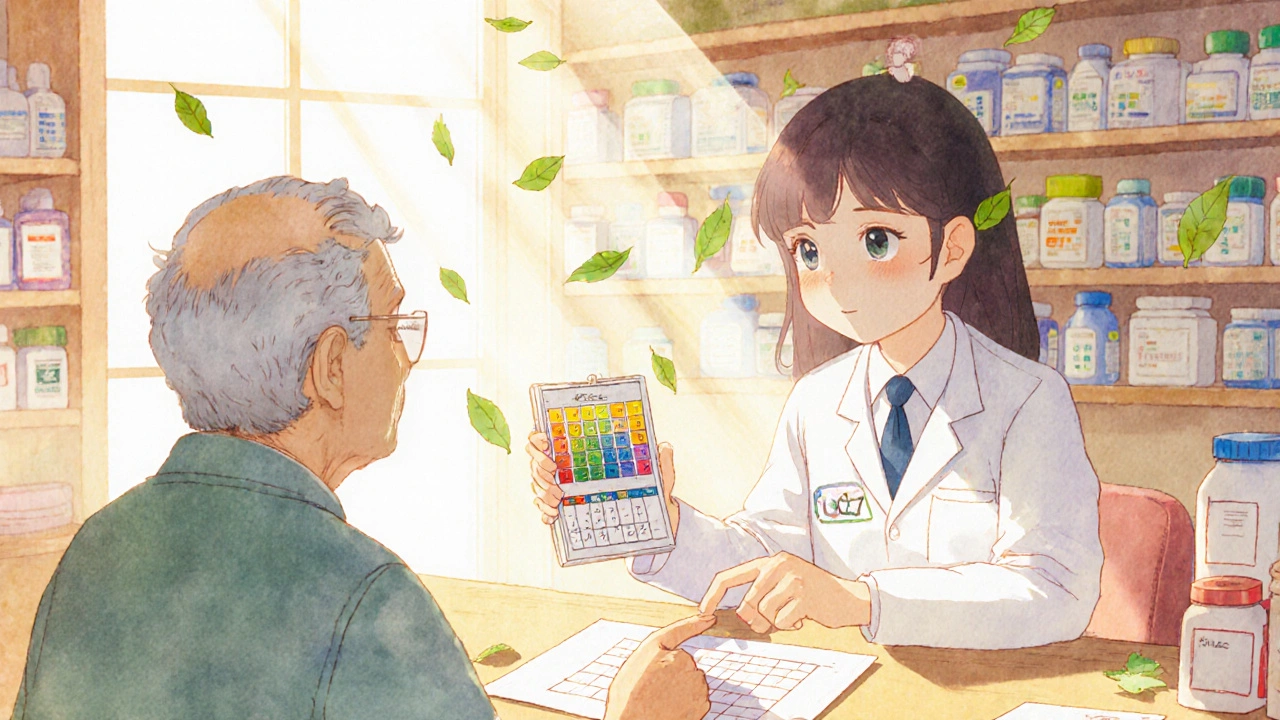Medication Therapy Management: What It Is and How It Helps You Take the Right Drugs
When you’re taking multiple medications — say, one for blood pressure, another for diabetes, and a third for cholesterol — medication therapy management, a structured process where pharmacists review your full drug list to improve safety and effectiveness. Also known as MTM, it’s not just about counting pills. It’s about making sure each one actually works for you without causing harm. Many people don’t realize their pharmacist can be the most important person in their treatment team. Unlike doctors who see you for 10 minutes, pharmacists track your entire history — what you’re taking, what you’ve tried before, what side effects you’ve had, and even what you’re skipping because it’s too expensive or confusing.
This isn’t theoretical. drug therapy, the planned use of medications to treat or prevent disease can go wrong in dozens of ways. A patient on amlodipine for high blood pressure might also be taking gabapentin for nerve pain — and not know that together they can cause dizziness and falls. Or someone on estradiol for menopause might be using a supplement that lowers estrogen levels without realizing it. pharmacist care, the direct involvement of licensed pharmacists in monitoring and adjusting patient medication use stops these problems before they happen. Pharmacists don’t just fill prescriptions. They ask: Are you taking this correctly? Are you having side effects? Is there a cheaper version? Can we cut something out?
And it’s not just about adults. medication safety, the practice of preventing errors and adverse effects from drug use matters for new moms using atomoxetine for postpartum depression, pregnant women needing calcium, or seniors juggling five or more pills daily. One wrong interaction can land you in the hospital. But with proper medication therapy management, those risks drop dramatically. Studies show patients who get MTM services are less likely to be hospitalized, more likely to stick to their plan, and often spend less overall.
What you’ll find below isn’t just a list of drug comparisons. It’s a collection of real-world examples showing how medication therapy management works in practice. From choosing between insulin glargine and its alternatives, to understanding why betamethasone might help shingles but only with the right combo, to spotting when Reglan is safer than other anti-nausea drugs — each post breaks down how decisions are made, what to watch for, and how to talk to your pharmacist about what’s best for you. These aren’t abstract guides. They’re tools to help you take control of your treatment — one pill at a time.

